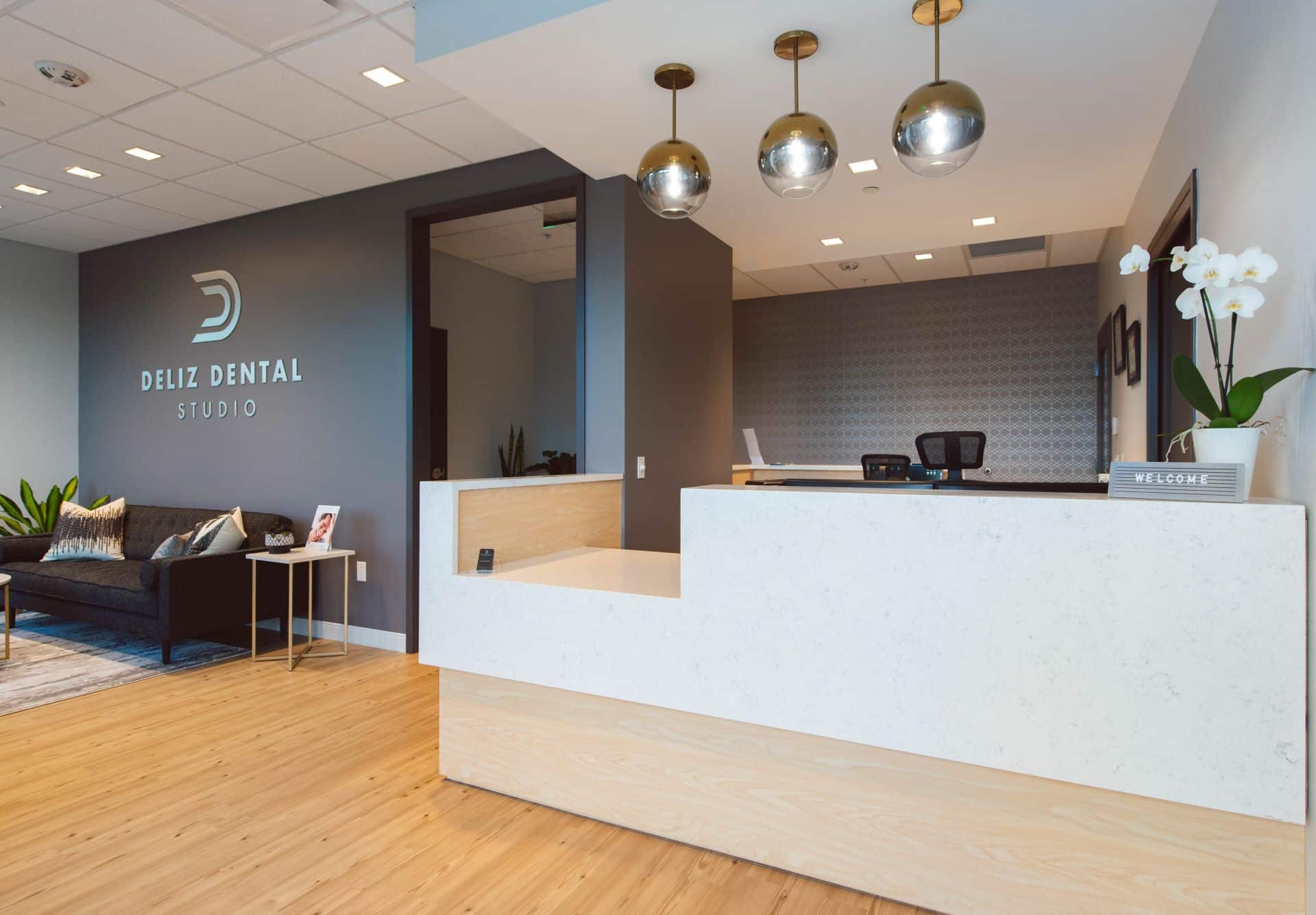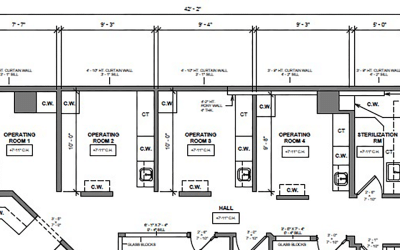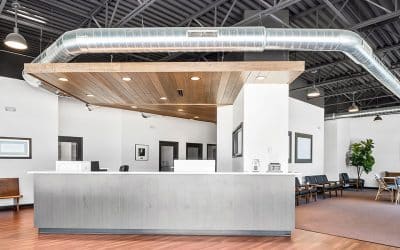Cold sterile use is common in dental practices. I see it all the time. In fact, I don’t remember working in a practice that didn’t have some type of cold sterile method for sterilizing semi-critical instruments/devices that would melt in an autoclave. It was how it was done. There was no test to ensure sterility. It was assumed that the contents just needed to stay submerged overnight and magically, they would be sterile for reuse. In recent years, both the CDC and OSHA highly recommend that you no longer use it. Not so much with regard to its effectiveness but more so because of adverse health risks among employees.
Nothing To Verify Effectiveness
Glutaraldehyde was first introduced as a chemical sterilant in the 1960’s - safer than the carcinogenic formaldehyde. The chemical is cleared by the Food and Drug Association (FDA) for chemical means of sterilizing but contact times vary a lot - like 3 to 12 hours. Other types of chemical germicide include hydrogen based or peracetic acid solutions. For a list of the FDA cleared sterilants, go here: https://www.fda.gov/medical-devices/reprocessing-reusable-medical-devices-information-manufacturers/fda-cleared-sterilants-and-high-level-disinfectants-general-claims-processing-reusable-medical-and. Even if items are left in cold sterile overnight, the effectiveness cannot be verified with biological indicators. SCARY!
What items do you put in cold sterile? The most common items I find are plastic impression trays, Rinn Kits, cheek retractors, and intraoral scanner tips. After treatment, these instruments are placed in cold sterile overnight. The next day, the items are lifted out of the solution, rinsed off, likely laid out on a towel to dry then placed loosely in a bin (likely). Is it really sterile now?
Autoclave or Pitch It
A common misconception about the items placed in cold sterile is that they cannot withstand the heat of an autoclave. The fact is, most of these items can be heat sterilized. You have to pay attention to where you place it in the autoclave. Rinn kits, XCP’s and mouthprops can be autoclaved. Impression trays are disposable! Never, never, never place single use items in cold sterile. If it cannot be autoclaved, throw it away!
The Math
Do you know how much you spend on cold sterile solutions per month? On average, it costs a dental practice $50 for solutions - but so much more in additional steps (time), not to mention (but I’ll mention) the potential for long term health risks. Think about what goes into “cold soak” and ask yourself if the contents add up to $50 a month.
Exposure
According to OSHA, “glutaraldehyde has been linked with a variety of health effects - ranging from mild to severe - including asthma, breathing difficulties, respiratory irritation and skin rashes.”
Do you have proper ventilation in the space where cold sterile is located? Is proper PPE being used when handling cold sterile solutions?
Did you know you cannot dispose of used cold sterile down the drain. Glutaraldehyde is hazardous waste and must be disposed of appropriately. You should check with your local water board or regional office of the EPA for compliance measures regarding the disposal of cold sterile solutions. I bet you didn’t know that!
So those are the cold, hard facts regarding the effectiveness of cold sterile solutions; the lack of a method for biological testing, added labor costs, added supply costs and potential health risks to you, your team and the environment. Quite frankly, you’re already using enough chemicals. I believe the EPA, CDC and OSHA will soon prohibit the use of cold sterile as part of a dental practice sterilization process. Don’t wait, get rid of it (properly) now!





